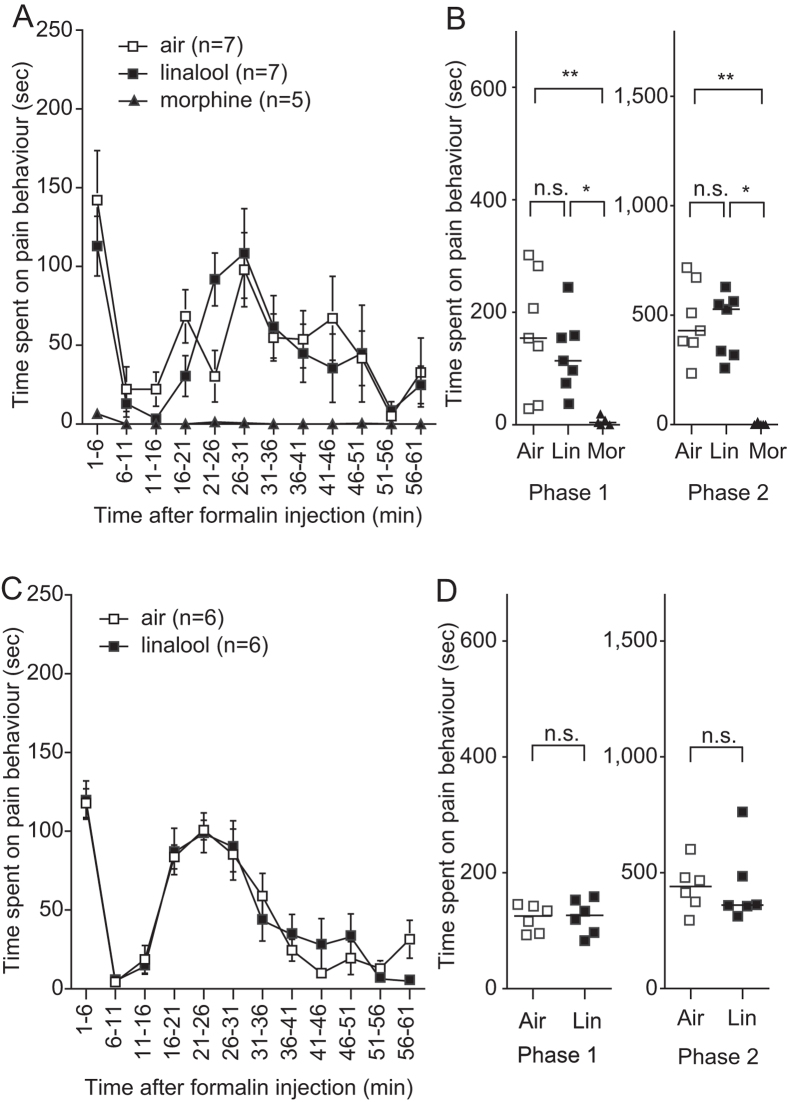Figure 3. Anosmic model mice do not show linalool-induced analgesia.
(A) Time course of formalin-evoked pain responses among olfactory bulbectomy (OB) mice. Linalool-induced analgesia is not observed among OB mice. Pain responses are attenuated after subcutaneous morphine injection in OB mice during odourless-air exposure. (B) A population analysis of linalool-induced analgesia among OB mice. The time spent on pain behaviour is unchanged in the linalool-exposed group but significantly reduced in the morphine-administered, odourless air-exposed group during both Phases 1 and 2. (C) Time course of formalin-evoked pain responses among olfactory epithelium deprived (3-MI) mice. Attenuation of pain responses induced by linalool-exposure is not observed in 3-MI mice. (D) A population analysis of linalool-induced analgesia in 3-MI mice. Time spent on pain behaviour in linalool-exposed mice does not show significant differences compared with control mice. Air, odourless air-exposed mice; Lin, linalool-exposed mice; Mor, morphine-administered mice. Traces are presented as mean ± SEM. Bars in plots indicate the median of each group; n = 7 for odourless air-exposed OB mice; n = 7 for linalool-exposed OB mice; n = 5 for morphine-administered OB mice; n = 6 for odourless air-exposed 3-MI mice; n = 6 for linalool-exposed 3-MI mice.

